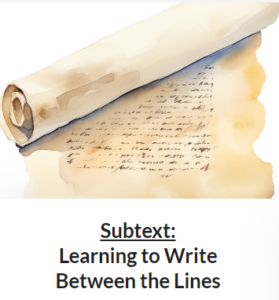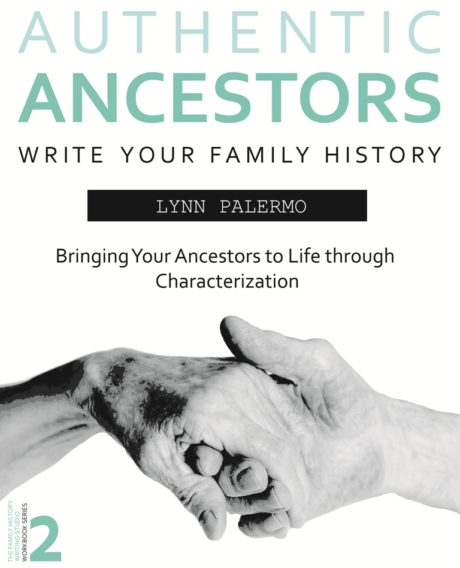To write a good quality family history story, one must be able to take a lot of information, research and reduce it into a focused narrative.
William Zinsser reminds us to think small.
He writes, “Decide what corner of your subject you’re going to bite off, and be content to cover it well and stop.”
This is an especially important lesson for family history writers. We often want to include it all, every morsel of research we have uncovered in our travels. We want to write about every ancestor, every event. One of the most difficult tasks we face comes in reducing the wealth of information we have uncovered down to what is essential.
Ask yourself,
“What do I want my family to remember most about their family history?” and
“What point do I really want to make?”
How do we focus our story?
Ask questions
Asking questions helps us concentrate on the big picture topic. If you’ve chosen to write about your grandfather, ask yourself, what do I want my readers to know about my grandfather? What legacy did he leave to his family, what lesson can we find in his life?
Ask what really interests you about your grandfather? What do you find fascinating about him?
It’s one thing to write about family history because it is your passion, but consider which ancestors you are most passionate about? What about their lives will readers find most interesting. We all have ancestors that intrigue us. Ask yourself why? The focus of your story may be in the answer.
Understanding Your Audience
What is the purpose of your story? Who is your reader? Are you are writing for your family, a larger audience or yourself? The purpose can directly affect your story.
Identify a Specific Event or Time Frame
There may be many aspects of your ancestor’s life that may not make it to the page because it has no bearing on the story you are writing. A difficult thing for family historians to grasp. For instance, perhaps your writing about your grandfather’s life as a railroad conductor. While his family life may garner some small part of the story, the story may not focus on his married life, and children, etc. Perhaps that was a part of his life before his family. If they don’t support the focus of your story, don’t include them.
Family history stories do not have to be entire birth to death history of an ancestor. A story may span one day, 2-years or 10 years. It could even cover a single event in a life. Regardless, narrow the scope of the story. Otherwise, you’ll find yourself pulled in any number of directions.
Sift through the abundance of information you have on any given ancestor. Find those gems that will be the focus. When you find the focus, hold on to all the supporting facts and let the rest go. If we treat all the research equally, we give every fact and detail the same importance then our story will feel diffused and unfocused.



